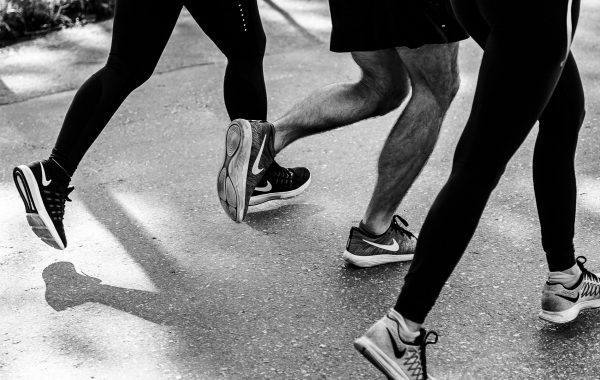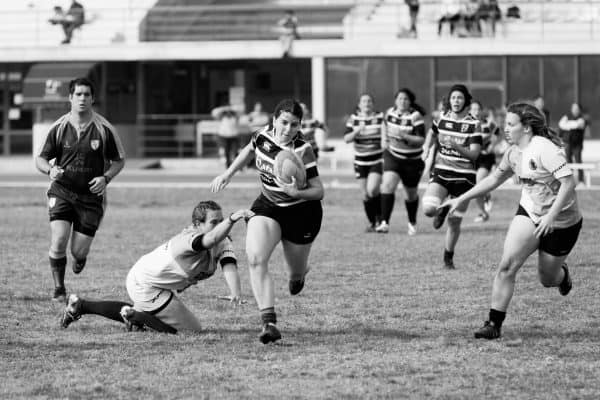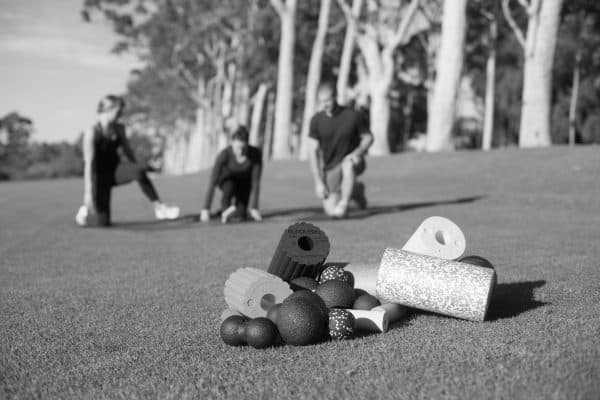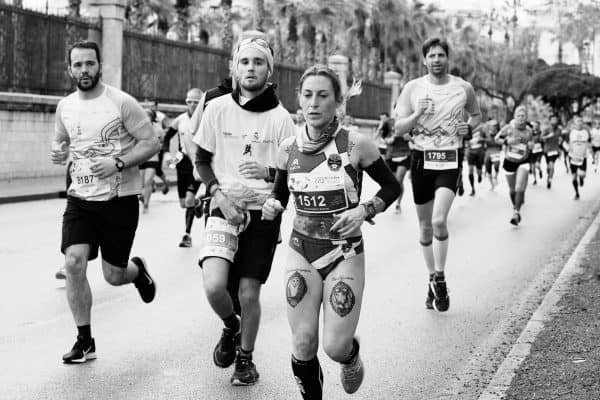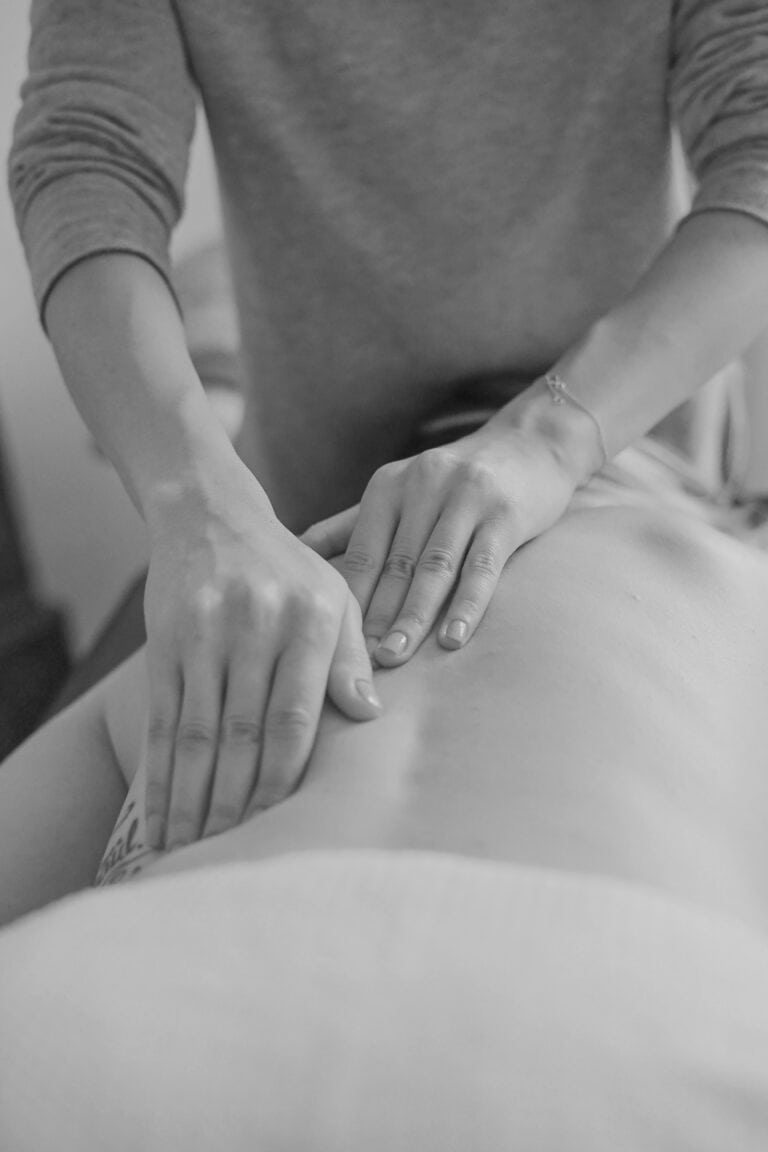“There is not one perfect way to run, but there are lots of BETTER ways”
Just like playing piano or kicking a footy, running is a skill that can be improved. If you’re getting pain when you run, or have recurrent injuries, there might be some changes you can make for the better. And if you’re relatively early into your running journey, it can be a great time to ensure you’re not developing bad habits.
So what does the research tell us?
There are some common characteristics of running fait that have been shown to be correlated with running economy – how efficiently we run – (Folland 2017, Moore 2016) and some other characteristics associated with injury risk (Luedke 2016, Chan 2017, Napier 2018).
On top of this, researchers are uncovering more and more evidence to show that running gait can be used to help recovery from specific injuries such as patellofemoral pain (runners knee), medial tibial stress syndrome (shin splints) and ITB pain.
When you undergo a running gait assessment with one of the Subiaco Physiotherapy team, we will film you running on our commercial treadmill, and then analyse the footage to look for various important biomechanical characteristics such as:
- Posture
- Foot strike pattern
- Overstride
- Vertical oscillation
- Cadence
- Arm swing
- Pelvic drop
- Knee width
Is it possible to change how you run? Absolutely it is, but read more in our blog here.


